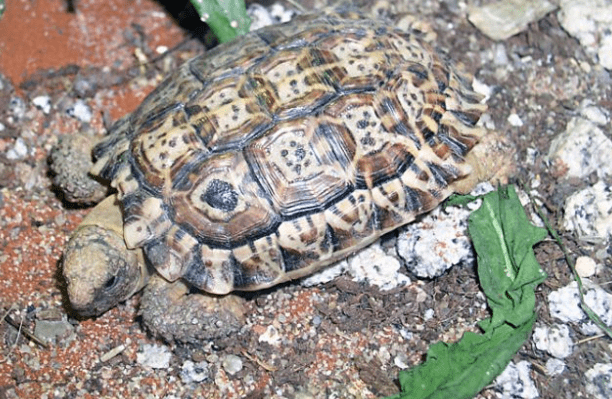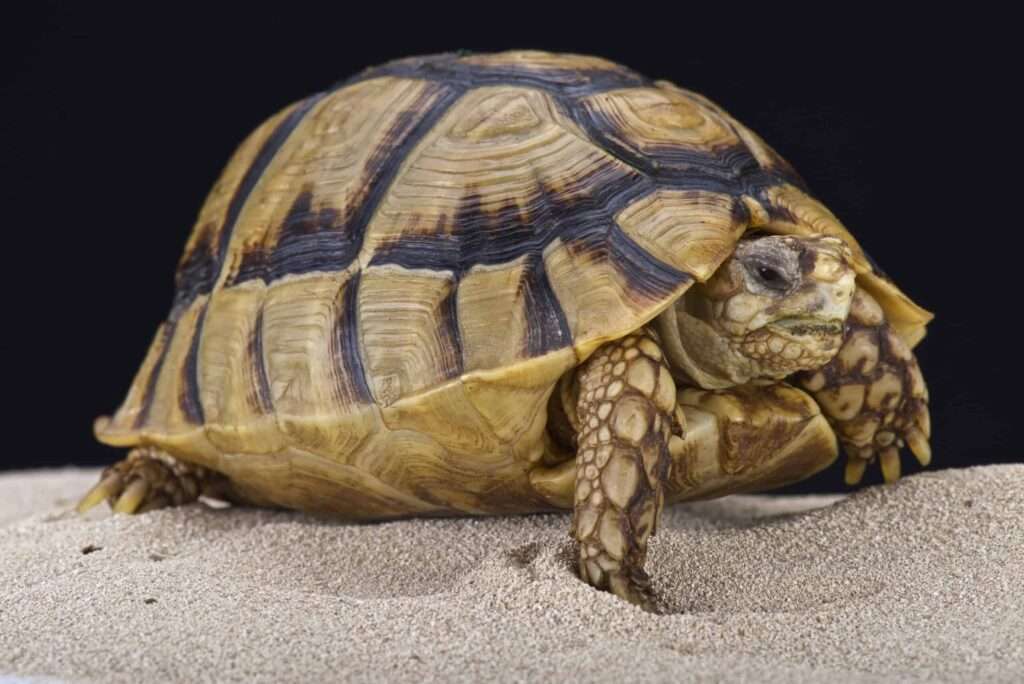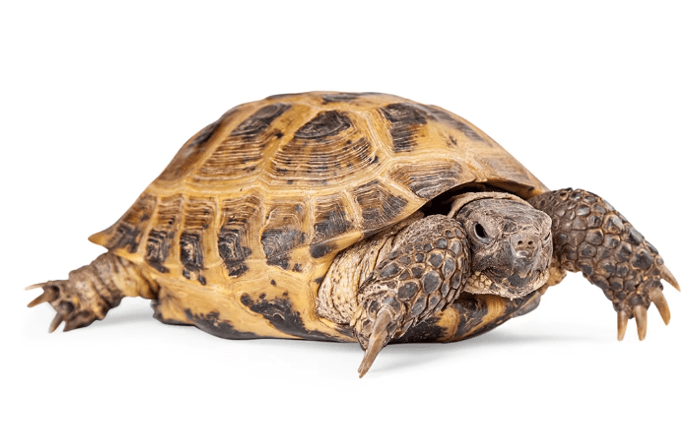
Description
One of the oldest animals still existing today is the gopher tortoise (Gopherus polyphemus), a member of a group of North American terrestrial tortoises that first appeared 60 million years ago. They got their moniker because they can make extensive, deep tunnels.
The gopher tortoise is a terrestrial reptile with elephantine hind foot and forefeet that are well adapted for burrowing. The majority of tortoises share these characteristics. To protect the tortoise while burrowing, the front legs have scales. This tortoise has a yellow plastron (bottom shell), and its overall colour ranges from dark brown to gray-black. The anterior plastron shows a gular projection when the head emerges from the shell.
Habitat
The gopher tortoise is found in the southeast region of the United States, from southwest South Carolina to the Florida peninsula and west to Louisiana. It favours arid settings with longleaf pine woods, scrub, dry plains, and sandy ridges along the coast.
Behavior
The gopher tortoise is nocturnal and active throughout the year, with May and June being its busiest months. The primary activity is digging burrows, which can be up to 12 metres long and 3 metres deep, with their forelegs. They can sleep or hibernate in their burrows, safe from predators and bad weather. These lone tortoises come out to seek for food every day in warm weather after spending the night in their burrows, usually early in the morning before it gets too hot. Each tortoise has a distinct home range that includes a number of burrows. Especially during the breeding season, males will move further than females, and the extent of the home range will depend on the amount of groundcover plant present.

Keeping as Pet
A gopher tortoise should have access to an artificial burrow with temperatures in the 70s and relative humidity levels between 80 and 90 percent if it is to be kept in captivity. If constructed properly, the gopher tortoise burrow just has to be a full arm’s length away.
Substrate
Gopher tortoises prefer areas with a lot of herbaceous vegetation, longleaf pine, and oak sandhills, as well as reasonably well-drained soils. They are able to create burrows in a variety of soil types, including sandy, loamy, and sandy clay soils.
Diet
Gopher tortoises typically forage within a 150-foot radius of their burrows, focusing primarily on the grasses and forbs’ leaves, seeds, and fruits. Although they are known to consume more than 300 different plant species, they often eat broadleaf grasses, asters, wiregrass, legumes, and fruit.
Table





